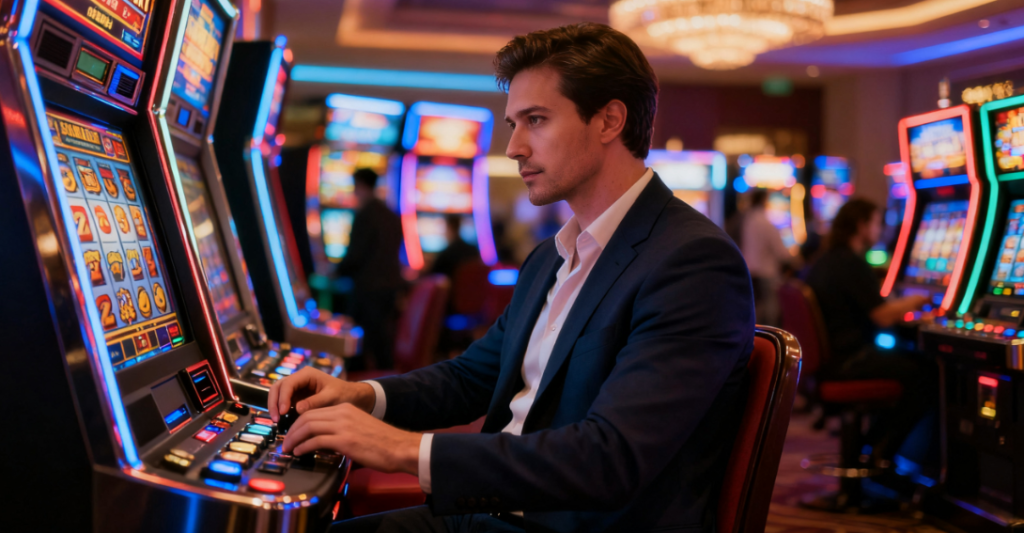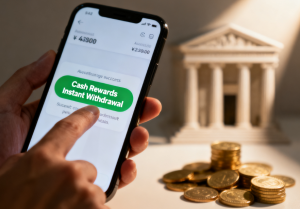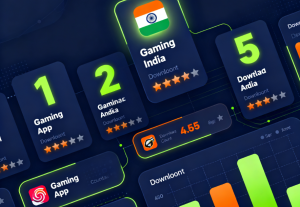Introduction
The thrill of slot machines captivates millions of players worldwide, but high volatility often leads to frustrating losses. For casinos and online gaming platforms, addressing these losses isn’t just about mitigating frustration—it’s a critical strategy for boosting player retention, enhancing satisfaction, and driving long-term revenue. This article explores actionable solutions for slot machine loss recovery, leveraging psychological insights, technology, and innovative reward systems to turn losses into opportunities.

1. Understanding Slot Machine Loss Recovery
1.1 The Psychology Behind Player Losses
When players lose, negative emotions like disappointment or anger can drive them away. However, research shows that strategic loss recovery interventions can transform frustration into engagement. For example:
- Near-miss experiences: Strategically designed near-wins (e.g., two cherries and a lemon) trigger dopamine release, encouraging continued play.
- Loss aversion: Players are more motivated to recover losses than chase new wins—a principle casinos can leverage through targeted offers.
1.2 Common Causes of Losses in Slot Machines
- High volatility: Slots with infrequent payouts increase the risk of significant losses.
- Impulse betting: Players may raise stakes impulsively after losses, exacerbating financial strain.
- Lack of transparency: Unclear rules or payouts lead to confusion and mistrust.
By understanding these factors, operators can tailor solutions to reduce churn and foster loyalty.
2. Effective Strategies for Loss Recovery
2.1 Implementing a Dynamic Reward System
A well-designed reward system can mitigate losses and incentivize continued play:
- Free spins: Offer complimentary spins after a loss to recoup a portion of the stake.
- Cashback bonuses: Provide percentage-based refunds (e.g., 10% cashback on losses over ₹1,000).
- Tiered loyalty programs: Reward frequent players with exclusive perks (e.g., VIP access, higher withdrawal limits).
Example: A case study showed that casinos offering 20% cashback on weekly losses saw a 35% reduction in player churn and a 28% increase in average session duration.
2.2 Enhancing Player Engagement
Engagement is key to retaining players during losing streaks:
- Interactive tutorials: Educate players on optimal strategies (e.g., bankroll management, bet sizing).
- Social features: Enable leaderboards, friend challenges, or guild systems to foster community.
- Dynamic content: Rotate themes, symbols, or bonus rounds based on player preferences.
2.3 Personalized Communication
Leverage data analytics to personalize offers:
- Trigger-based notifications: Send tailored promotions (e.g., “Recover ₹500 of your last loss with a bonus spin!”) when a player exits a session after a loss.
- VIP support: Assign dedicated agents to high-value players for real-time assistance.
3. Case Studies: Success Stories in Loss Recovery
3.1 Casino X’s “Loss Recovery Boost” Program
Casino X introduced a tiered cashback system:
- Bronze: 5% cashback on losses up to ₹5,000.
- Silver: 10% cashback on losses up to ₹10,000.
- Gold: 15% cashback on losses over ₹10,000.Result: Player retention increased by 40%, and average revenue per user (ARPU) rose by 25%.
3.2 Platform Y’s AI-Driven Loss Prediction Model
Using machine learning, Platform Y predicted high-risk players and preemptively offered:
- Temporary bet limits to prevent catastrophic losses.
- Customized bonuses (e.g., free spins tailored to their preferred themes).Outcome: Frustration-related complaints dropped by 60%, and repeat play increased by 30%.
4. The Role of Technology in Loss Recovery
4.1 AI-Powered Analytics
Advanced algorithms analyze player behavior in real time to:
- Identify patterns of loss-induced frustration.
- Predict optimal intervention points (e.g., after three consecutive losses).
- Recommend personalized recovery strategies.
4.2 Gamification Elements
Incorporate elements like:
- Progressive milestones: Unlock rewards for staying active post-loss.
- Story-driven slots: Create immersive narratives to distract from losses.
- Skill-based mechanics: Introduce elements of control (e.g., mini-games within slots).
5. Regulatory Considerations
Operators must ensure compliance with gambling regulations:
- Responsible gaming tools: Implement mandatory self-exclusion options and deposit limits.
- Transparency: Clearly communicate odds, RTP (return-to-player), and terms of bonuses.
- Ethical marketing: Avoid exploiting vulnerable players with aggressive loss-recovery tactics.
Platforms like CROWN11 exemplify compliance, offering secure, licensed environments with robust player protections.
6. Future Trends in Slot Machine Loss Recovery
- Blockchain-based fairness: Transparent RNG systems to rebuild trust.
- VR/AR immersion: Transport players into virtual worlds to enhance engagement.
- Predictive nudges: Use predictive analytics to preemptively address frustration.
Conclusion
Effective slot machine loss recovery requires a blend of psychology, technology, and empathy. By prioritizing player-centric solutions—such as dynamic rewards, personalized communication, and ethical engagement strategies—operators can turn losses into loyalty. For a proven model, explore CROWN11, where instant withdrawals, low-stakes gameplay, and a commitment to player satisfaction set the standard for responsible and profitable gaming.
Related Reading:Unlocking Blind Box Rarity Rankings: A Strategic Guide to Maximizing Your Winnings on Crown11











